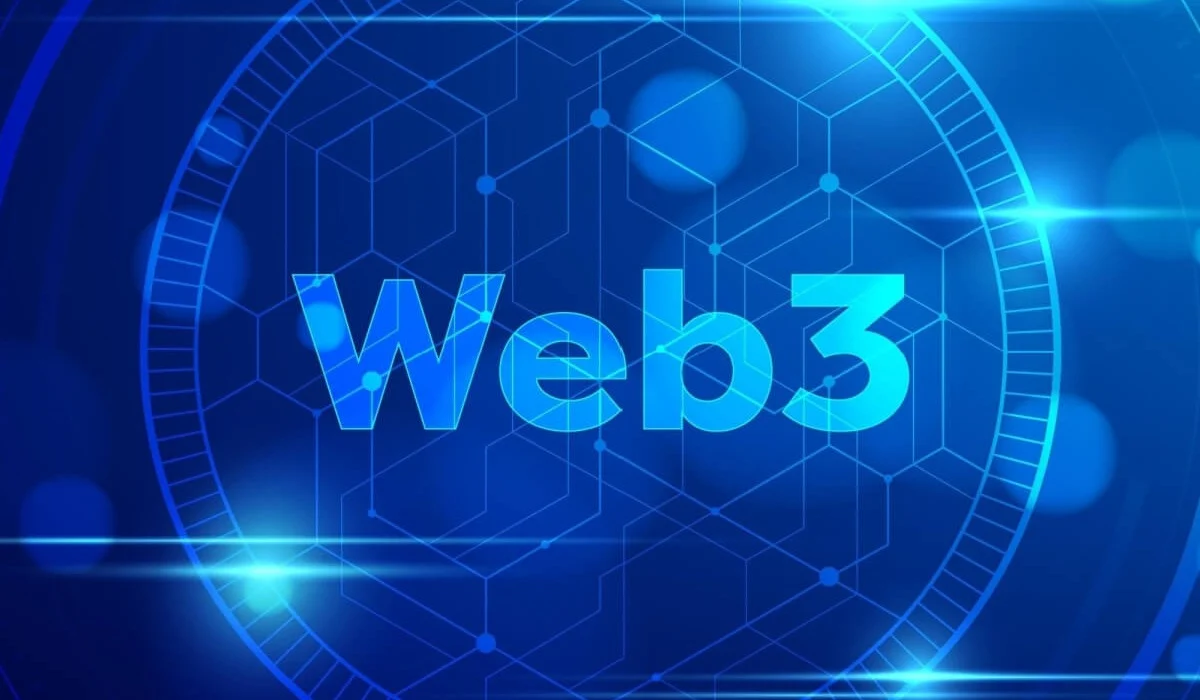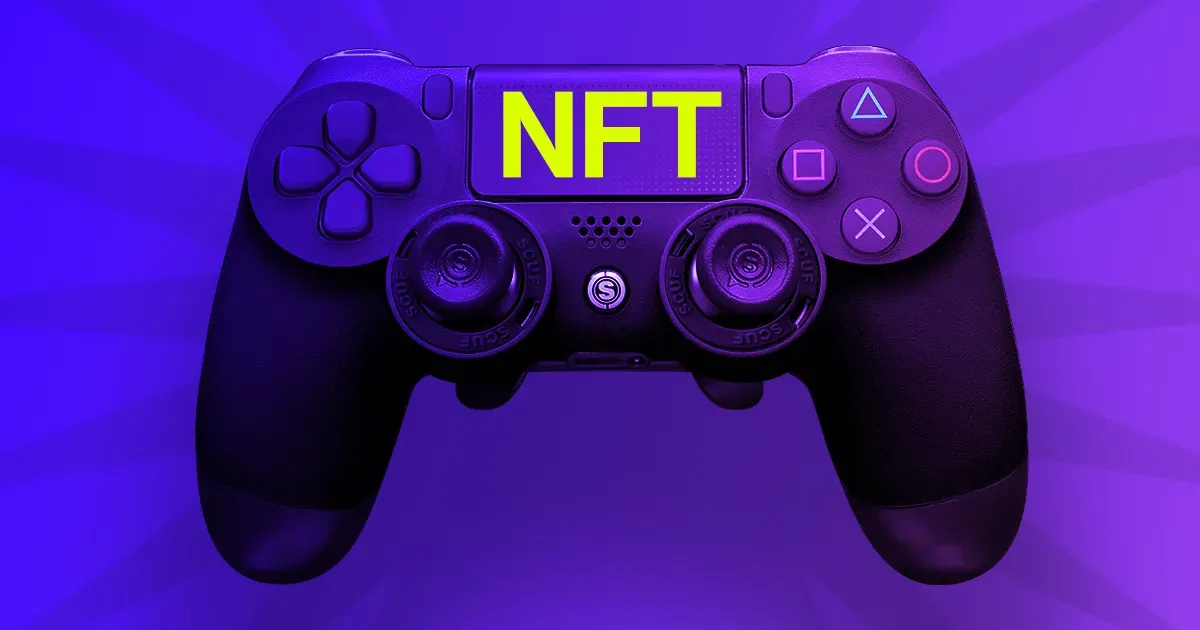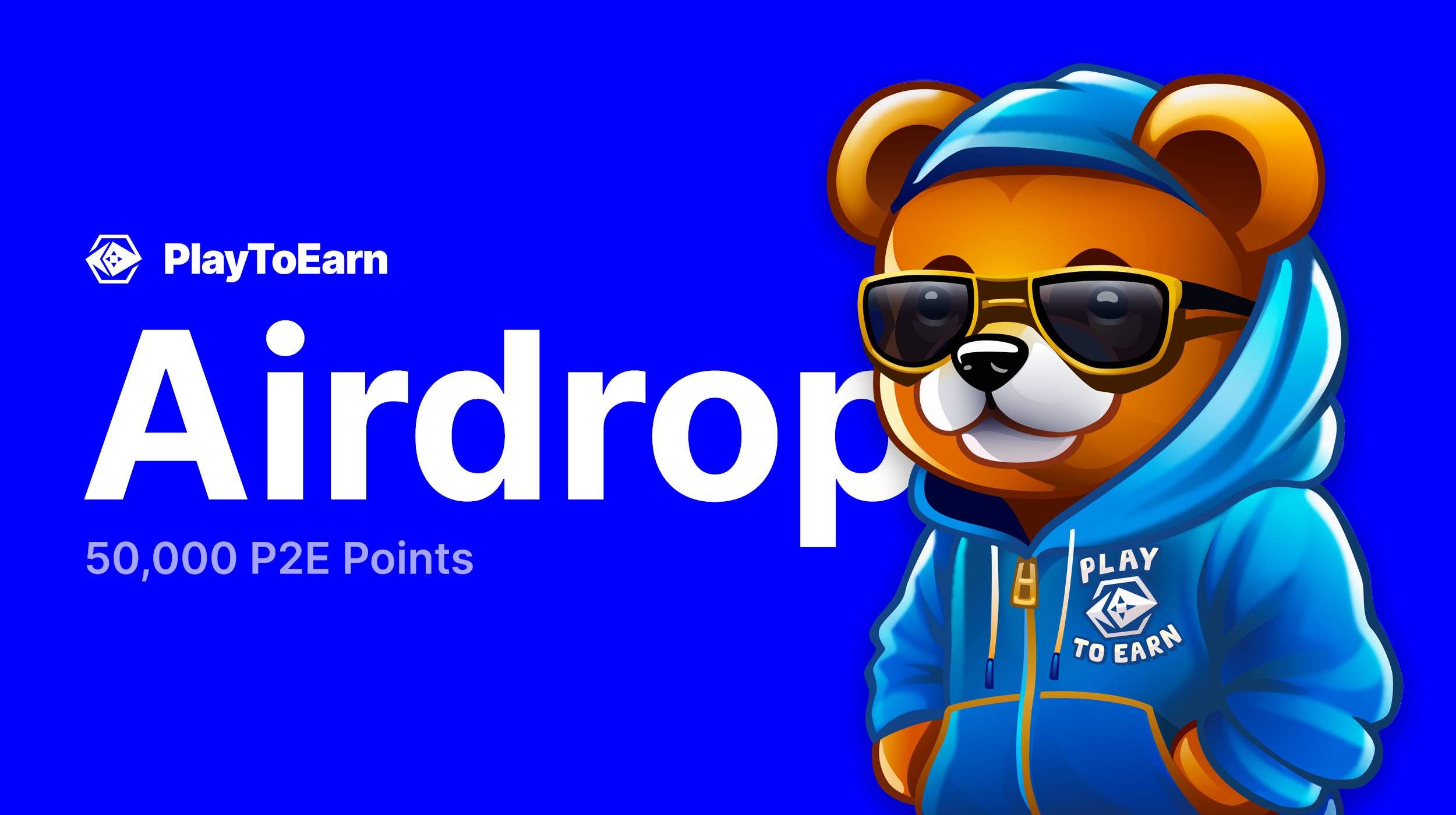Key Takeaways:
- On-chain transactions enable true ownership of in-game assets.
- Blockchain-based payments and rewards create verifiable economies.
- Transparency and security are core benefits of Web3 gaming.
Introduction: Web3 Gaming Meets Blockchain
Web3 games are reshaping the gaming landscape by integrating blockchain technology directly into gameplay. Unlike traditional games, where in-game items are controlled by developers, Web3 games use on-chain transactions to give players real ownership of digital assets. These blockchain-powered interactions provide not only transparency and security but also new ways to earn and trade assets. Understanding how on-chain transactions work is essential for players, investors, and developers navigating the Web3 gaming space.
1. On-Chain Ownership of Assets
In Web3 games, NFTs (non-fungible tokens) represent in-game items like weapons, skins, characters, and even land. On-chain transactions record these assets on a blockchain, giving players verifiable ownership. This means items aren’t just locked in a game’s database—they exist independently, can be traded, sold, or used across compatible games. True ownership empowers players to monetize their time and investments in ways impossible in traditional gaming.
2. Transparent Rewards and Payments
Web3 games use on-chain transactions for transparent in-game rewards and payments. Whether earning tokens from completing quests or participating in play-to-earn ecosystems, blockchain records every transaction permanently. Players can verify rewards and track asset histories, ensuring fairness and reducing fraud. This system also allows seamless peer-to-peer transfers, creating a fully functional in-game economy tied directly to blockchain networks.
3. Security and Trust in Game Mechanics
On-chain transactions enhance security by preventing tampering or duplication of in-game assets. Smart contracts automate rules and ensure outcomes without relying on central servers. For example, if a player purchases a rare NFT sword, the blockchain guarantees its uniqueness and authenticity. By removing the need to trust a single entity, Web3 games create environments where players can confidently trade, invest, and engage without fear of cheating or asset loss.
4. Cross-Game and Ecosystem Interoperability
A growing feature of Web3 games is interoperability. On-chain assets can often be used across multiple games and platforms, unlocking new opportunities for players. For instance, an NFT character or item might be usable in different games within the same ecosystem, or even sold in external marketplaces. This cross-game functionality is a direct result of blockchain recording ownership and transactions on-chain, enhancing the long-term value of digital assets.
Conclusion: The Future of Gaming on the Blockchain
On-chain transactions are the backbone of Web3 gaming, enabling true ownership, transparent rewards, and secure economies. As more developers embrace blockchain technology, players gain more control over their digital assets and a stake in game economies. For anyone exploring Web3 gaming, understanding on-chain transactions is essential—not just for gameplay, but for navigating the financial and strategic opportunities that blockchain-based games offer.
Disclaimer: The information in this article is for general purposes only and does not constitute financial advice. The author’s views are personal and may not reflect the views of GameDegen.com. Before making any investment decisions, you should always conduct your own research. GameDegen.com is not responsible for any financial losses.




